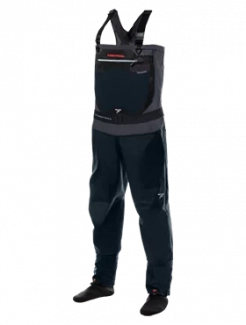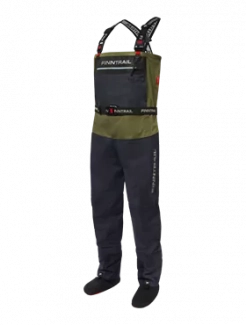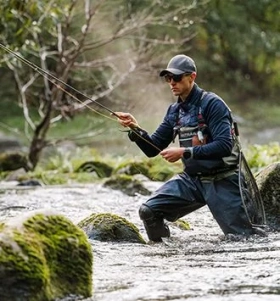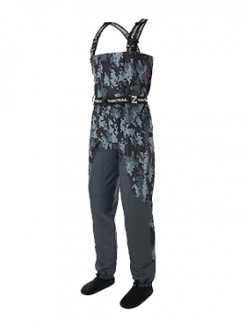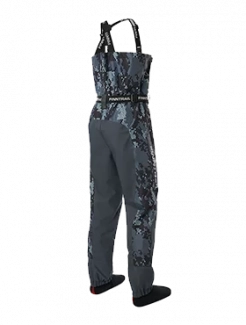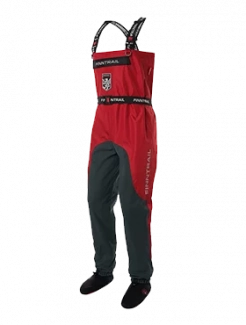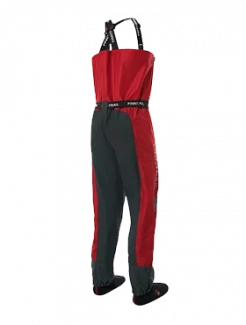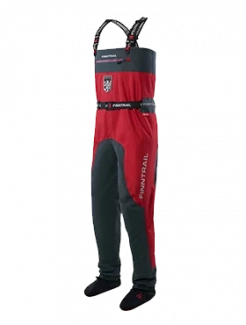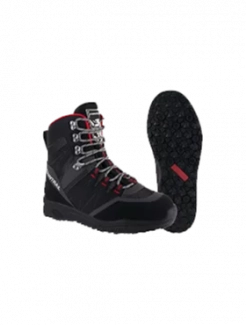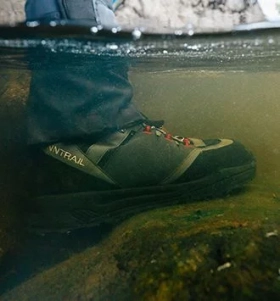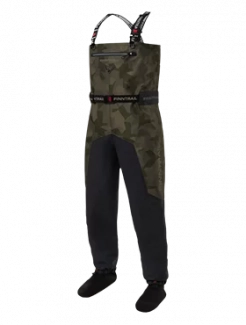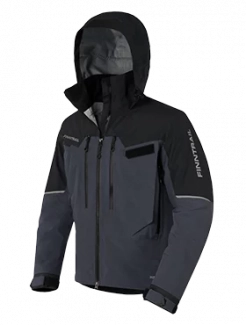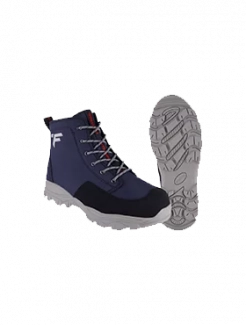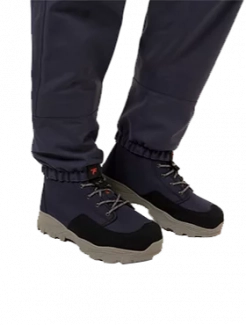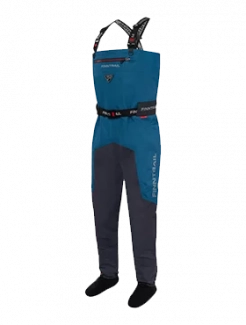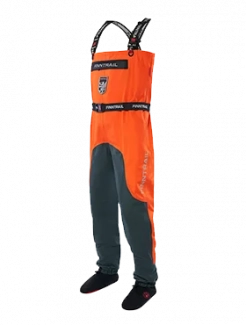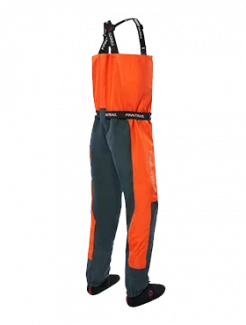How to Use Fishing Lures: Complete Guide for Beginners and Beyond
Fishing with lures is a skill that transforms your experience on the water. Whether you're casting for bass in a quiet lake, drifting for trout in a mountain stream, or jigging for pike through the ice, learning how to use fishing lures opens up a whole new world of angling opportunities. Unlike bait, which relies on smell and taste, lures appeal to a fish’s instincts—sight, sound, and movement.
In this complete guide, you'll learn:
-
How to use fishing lures step by step
-
The best lures to use for different species and fishing styles
-
What color fishing lure to use in different water conditions
-
How to use different fishing lures based on species and environment
-
How to choose and customize your lures
Let’s break it down.
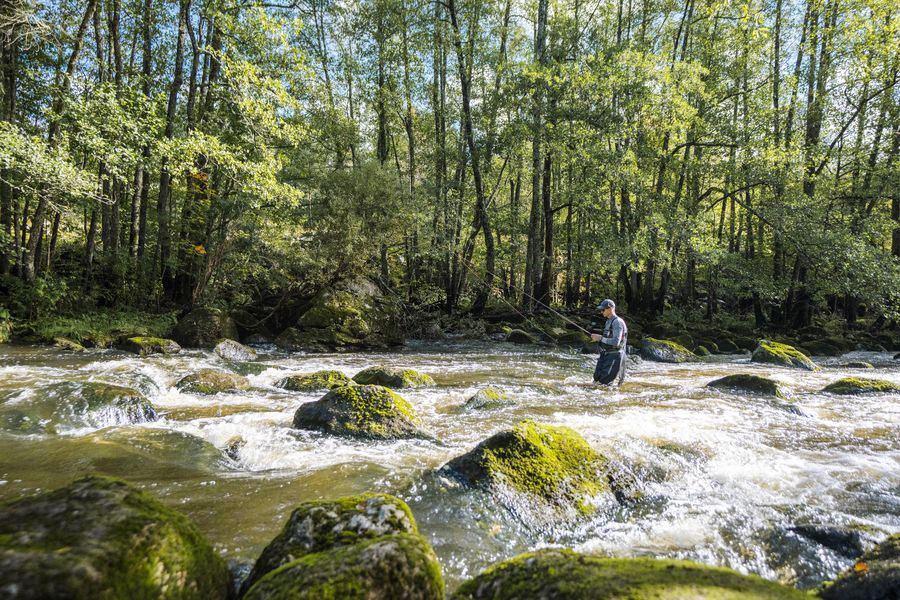
What Are Fishing Lures?
Fishing lures are artificial baits made to mimic real prey such as minnows, frogs, insects, or crayfish. They are designed to provoke a reaction—whether it’s hunger, aggression, or curiosity—from fish.
Lures come in various styles, materials, and sizes. The most common types include:
-
Crankbaits: Hard-bodied lures that dive and wobble like a swimming fish.
-
Spinnerbaits: Lures with spinning blades that reflect light and create vibration.
-
Soft plastics: Flexible rubber lures shaped like worms, fish, or creatures.
-
Topwater lures: Float on the surface and make noise or splashes.
-
Jigs: Weighted hooks with a skirt or soft bait, great for vertical movement.
-
Spoons: Metal lures that flash and wobble, ideal for deeper water or trolling.
Each lure type has a specific action and best-use scenario.
How to Use Fishing Lures: The Basics
Step 1: Pick the Right Lure for the Situation
Not all lures are created equal. Choosing the best fishing lures to use depends on:
-
Water clarity (clear or muddy)
-
Depth of the water
-
Species you're targeting
-
Time of year and day
-
Water temperature and weather
Example: For shallow, weedy areas where bass hide, a weedless soft plastic worm or a spinnerbait is perfect. If you’re fishing for trout in a clear mountain stream, a small inline spinner or spoon is more effective.
Step 2: Attach the Lure to Your Line
Tie your lure securely using a strong knot such as the improved clinch knot or Palomar knot. Always check that your line matches your lure weight and your pike fishing gear, bass setup, or general fishing rod is ready.
Step 3: Cast and Retrieve
This is where technique comes in. Cast your lure out and retrieve it in a way that mimics live prey. The style depends on the lure:
-
Jerkbaits: Use a twitch-pause-twitch motion.
-
Crankbaits: Reel steadily or use stop-and-go to create erratic motion.
-
Soft plastics: Let them sink, then jig them slowly off the bottom.
-
Topwaters: Walk the dog or pop across the surface.
What Color Fishing Lure to Use
Color matters—a lot. It can mean the difference between getting skunked or limiting out.
Water Conditions & Lure Colors
|
Water Condition |
Recommended Lure Colors |
|
Clear water |
Natural colors: silver, green pumpkin, shad |
|
Muddy water |
Bright colors: chartreuse, orange, black |
|
Stained water |
Contrasting colors: white, purple, red |
|
Night bass fishing |
Dark silhouettes: black, dark blue, purple |
Seasonal & Weather Tips
-
Cloudy days: Go bright.
-
Sunny days: Natural shades work best.
-
Winter: Subtle, slow-moving baits in white or silver.
-
Fall pike fishing: Red and orange lures trigger strikes during feeding frenzies.
Knowing what color fishing lure to use in clear water vs. what color fishing lure to use in muddy water is one of the most overlooked, yet effective skills in lure fishing.
How to Use Different Fishing Lures
Soft Plastic Lures
These are especially effective for bass and walleye.
-
Rig on a jig head, Texas rig, or drop shot.
-
Let it sink, then use a lift-drop motion.
-
Great for fishing slow and low in cover or structure.
Crankbaits
-
Cast and retrieve with varying speeds.
-
Use lipless crankbaits for covering large areas quickly.
-
Match diving depth to the water column where fish are holding.
Spinnerbaits
-
Cast near structure or vegetation.
-
Retrieve steadily with occasional jerks.
-
Use Colorado blades for more thump in murky water.
Jigs
-
Drop vertically in deep water or pitch near structure.
-
Ideal for ice fishing, river fishing, or bottom-feeding species.
-
Tip with soft plastics or live bait for more action.
Spoons
-
Use a jigging or fluttering retrieve.
-
Excellent for trout, pike, or lake fishing.
-
Great in open water and under the ice.
Choosing Lures by Species
What Lures to Use for Bass
Bass is aggressive and curious. The best fishing lures to use for bass include:
-
Soft plastics (worms, craws)
-
Spinnerbaits
-
Topwater frogs
-
Lipless crankbaits
Best Lures to Use for Trout Fishing
Trout are wary but responsive to movement. Use:
-
Small inline spinners
-
Spoons (silver, gold)
-
Soft plastic grubs
-
Fly fishing lures for drift presentations
What Lures to Use for Pike
Pike are aggressive ambush predators that go for flashy and large-profile baits:
-
Large spoons (e.g., Daredevle, Len Thompson)
-
Spinnerbaits and buzzbaits
-
Soft swimbaits
-
Topwater lures (walkers, prop baits)
-
Jerkbaits and glide baits
Best Lures to Use for Perch
Perch responds to finesse and small profile lures. Use:
-
Small jigs with soft plastics (grubs, paddle tails)
-
Inline spinners
-
Small spoons
-
Drop-shot rigs with worms or minnows
-
Micro crankbaits
Best Lures to Use for Zander (Walleye)
Zander prefers slower presentations near structure. Effective lures include:
-
Soft plastic shads on jig heads
-
Deep-diving crankbaits
-
Slow-rolled spinnerbaits
-
Paddle tail swimbaits
-
Vertical jigs and blade baits
Best Lures to Use for Crappie
Crappie is light biters but love subtle movement:
-
Small tube jigs
-
Marabou jigs
-
Micro crankbaits
-
Minnow-style soft plastics
-
Tiny spinner lures
Choosing Lures by Location
Best Lures to Use for River Fishing
Current requires stability and control. Try:
-
Jigs and paddle tails
-
Crankbaits that suspend in current
-
Heavier spoons or inline spinners
Best Lures to Use Surf Fishing
Need to cast far and resist wave action. Use:
-
Bucktail jigs
-
Heavy metal spoons
-
Swimbaits and topwater plugs
What Lures to Use for Ice Fishing
Vertical jigging is key. Try:
-
Small spoons
-
Tungsten jigs
-
Soft plastics on jig heads
What Paint to Use for Fishing Lures
If you want to make or customize lures, use water-resistant acrylic or vinyl paints specifically designed for lures. Follow with a durable clear coat or epoxy. Airbrushing allows for more detailed patterns.
Final Tips for Mastering Lure Fishing
-
Always match your pike fishing tackle or bass rod to the weight of the lure
-
Use fluorocarbon line for clear water, braided for strength and sensitivity
-
Don’t be afraid to experiment with lure size, retrieve, and presentation
-
Keep your hooks sharp and clean your lures after use
-
Pay attention to pike fish bite patterns, weather changes, and water temperature
Your Next Cast
Now that you know how to use fish lures like a pro, it’s time to hit the water. Pack a variety of lure types, consider the conditions, and experiment until you find what works. Whether you’re chasing bass at dawn, jigging for trout in the cold, or learning how to use fishing lures in a game like Stardew Valley, the principle is the same: movement, color, and presentation catch fish.

